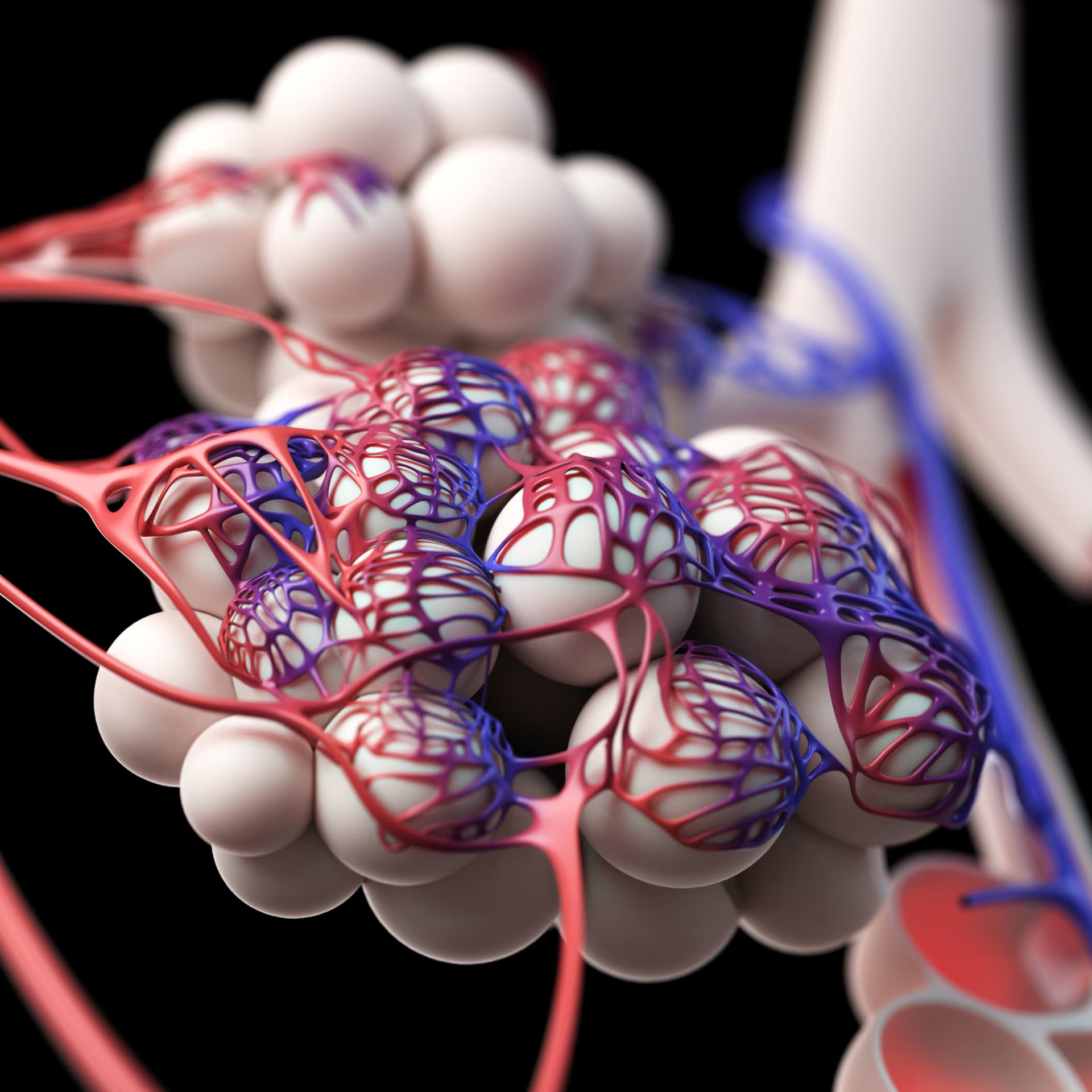Asthma is recognised by symptoms of cough, wheeze and breathlessness, which are characteristically variable and can be measured by reversible airflow obstruction. These affect the lives of asthmatics in numerous ways, including disturbed sleep, limitation of activity, the psychosocial impact of chronic disease and side effects (real and feared) of treatment.1 Asthma attacks (periodic worsening of symptoms) can range from mild increases in symptoms controlled by the patient by use of short-acting beta agonists (SABA), to more severe attacks not responding to bronchodilators requiring GP or A&E visits and oral steroid treatment, through to very severe life-threatening attacks. Indeed there are still over 1,000 deaths from asthma in the UK per year.2 A recent review of asthma deaths identified around 40 % of deaths that occurred in patients where the severity of their asthma had not been appreciated either by the patient or their healthcare professionals, and inhaled corticosteroids (ICS) were under-used.2
Conventionally, asthma worsening requiring oral corticosteroid treatment is termed an exacerbation.1 Usually this is associated with nocturnal waking, increased short-acting bronchodilator use and daytime symptoms over several days. What causes exacerbations of asthma? Most data suggest exposure to triggers including allergens, viral or bacterial infections (upper or lower airway), and less often emotional triggers, irritants, occupational agents, of food allergens as part of generalised anaphylaxis.1,3 Data from challenge studies and hospital admission studies suggest that the combination of viral infection on top of existing airway inflammation (often allergic but also non-atopic) is the most frequent cause of exacerbations.3
Who gets exacerbations? The strongest predictor of a future exacerbation of asthma is previous exacerbations, especially where these have required admission to hospital.4 Asthma that is poorly controlled in terms of symptoms has been used to guide increased treatment to avoid exacerbations, but increasingly it is recognised that airway inflammation even without symptoms is a risk factor for exacerbation. Indeed, cluster analysis of clinical features and inflammation markers suggest that there are several subtypes of asthma, including one with high levels of airway inflammation despite low levels of symptoms: these patients were at high risk of exacerbation, as were those with high levels of type 2 inflammation (atopy, total immunoglobulin [Ig]-E and/or eosinophilic inflammation driven by Th2-type cytokine including interleukin [IL]-4, IL-5 and IL-13).5–7 These data raise the possibility of using markers of airway inflammation to guide treatment to optimise asthma control and prevent exacerbations. In a landmark study, Ruth Green and colleagues at Leicester UK showed that adjusting corticosteroid treatment using an algorithm that included sputum eosinophil counts reduced exacerbation by 50 % compared with conventional practice guided by lung function and symptoms alone.8 Similar studies have also suggested a role for monitoring airway inflammation by exhaled nitric oxide (FeNO) and airway hyper-responsiveness.9,10
An important aspect of preventing asthma exacerbations is to improve concordance with treatment: the National Review of Asthma Deaths (NRAD) identified patients prescribed multiple short-acting bronchodilators without adequate ICS inhalers being issued. Patient education, monitoring of inhaler technique and assessment of concordance with treatment is a vital part of asthma care and should lead to a patient tailored written asthma-management plan. Assessment should include factors including the upper airway, gastro-oesophageal reflux and psychosocial status.11
What treatment can be given to prevent further asthma exacerbations? Both inhaled and oral corticosteroids can reduce exacerbation rates, as can addition of LABA as combined inhalers with ICS.1 Interestingly, data from a study assessing type 2 gene signatures in moderate asthmatics suggested that ICS response in terms of lung function was restricted to those with active type 2 inflammation.12 Whether this also applies for exacerbations remains to be seen, but it seems intuitive that increasing doses of inhaled steroids or addition of oral steroids is most likely to benefit those with persistent steroid-responsive airway inflammation. In the absence of further data and other treatment options, these agents will probably remain the first option for asthmatics with repeated exacerbations. The muscarinic agonist tiotropium also reduced exacerbation rates by 21 % in an add-on study for asthmatics not controlled on high-dose ICS and LABA and this should be considered.13
We are now in the era of biologic treatment for severe asthma: omalizumab (anti-IgE) has been licensed for over 10 years and there is extensive trial data and clinical experience confirming a reduction in exacerbation frequency in severe atopic allergic asthma.14 As we move towards defining the pathways maintaining airway inflammation in asthma, and use biomarkers to define endotypes driving distinct phenotypes (i.e. is the patient atopic, do they have evidence of persistent type 2 inflammation in terms of raised blood eosinophil count and/or raised exhaled nitric oxide concentration) we will be able to choose specific biologics for individual patients.7
Targeting eosinophilic inflammation with mepolizumab, reslizumab (anti-IL-5 antibodies) or benralizumab (anti-IL-5 receptor antibody) reduced exacerbation rates by around 50 % in clinical trials in those with persistent airway eosinophila despite high-dose ICS and LABA treatment and frequent exacerbations.15–17 Initial data for lebrikizumab (anti-IL-13) suggests this too may reduce exacerbations rates: particularly in those with high serum concentrations of the type 2 biomarker periostin, though this requires confirmatory phase III data and data for another anti-IL-13 monoclonal antibody (tralokinumab) was less compelling.18,19
As we enter the era of precision medicine for severe asthma, we need to ensure it is also an era of common sense medicine. Confirming diagnosis, optimising inhaled therapy concordance and patient self-management are fundamental steps in management, as is close liaison between primary, emergency and secondary care. Use of biomarkers to guide selection of biologics (and titration of corticosteroids) holds great promise but needs further study. These agents should be initiated in and monitored by specialised centres that all patients with severe asthma (by definition those with frequent exacerbations) must have access to. Large multicentre studies such as the Refractory Asthma Stratification Programme (RASP-UK) should guide development in this area.20
In addition to exacerbations we should not lose sight of other priorities for patients: namely to control day to day symptoms and reduce side effects of treatment: these outcomes must also be closely assessed in future clinical trials.







